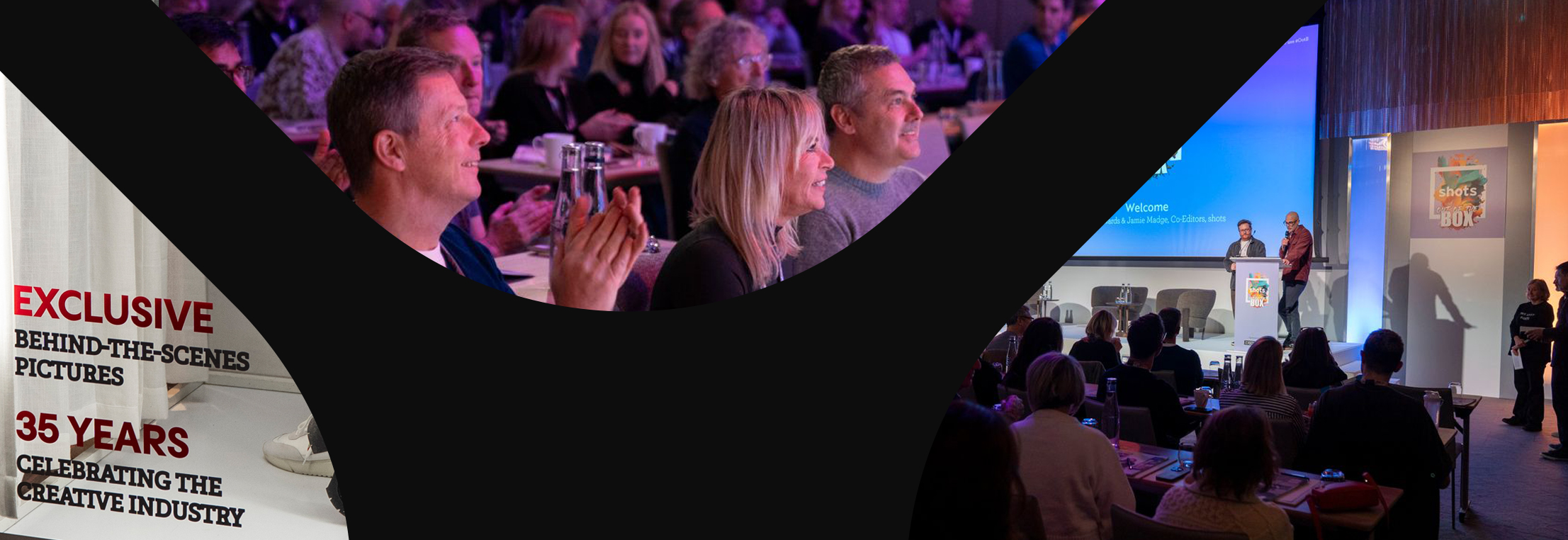What’s New for Marketers in Gaming?
Gaming is among the handful of industries to benefit from disruptions caused by the coronavirus pandemic. When the world shut down in 2020, Americans spent $44 billion on gaming services and software. That figure increased to $47 billion last year and profits show no sign of slowing, especially as the omicron variant sent many consumers back indoors. More than just a way to pass the time, gaming has become a means for connecting with friends during periods of social isolation. That, in turn, led to a new influx of gaming influencers, some of whom now count millions of followers. Here’s what marketers need to know and how brands are getting involved.Video Games Go ViralIn early January, gaming company Take-Two Interactive (makers of Grand Theft Auto, 2K and Red Dead Redemption, among others) announced plans to buy social game developer Zynga (makers of Words with Friends and FarmVille) for $12.7 billion. A few days later, Microsoft released its own acquisition bombshell: The tech giant wants to purchase gaming company Activision Blizzard for a record $69 billion, the biggest tech deal in US history, following Dell’s 2016 takeover of EMC for $67 billion.Netflix was next to jump onboard, when co-founder Reed Hastings announced that the streaming superstar will expand into video gaming and “amaze our members by having the absolute best in the category.” Though building this offering from scratch, Netflix has already advanced its lineup of available titles, which started with a few Stranger Things-themed options late last year. The company then delved into puzzles, racing games and open-world strategy games that let players explore virtual worlds. Netflix members are encouraged to continuously explore new additions via the company’s apps on iOS and Android.Brands Get InvolvedMany brands began dabbling in the realms of gaming and esports last year, forging relationships with those communities as gaming became a more ubiquitous form of entertainment for larger segments of consumers. At first glance, some partnerships were perhaps unexpected, like the multiyear deal Progressive Insurance inked with esports group Immortals, which is famous for its League of Legends online game. Those teams will now compete under the “Immortals Progressive” name, and the country’s third-largest auto insurer will be present at major esports events. Additional notable collaborations include McDonald’s linking with esports giant FaZe Clan in mid-January to craft content centered on diversity and inclusion in the world of gaming.Brands are likewise keeping an eye on several gamers, streamers and influencers this year, such as Nicholas Kolcheff, who goes by the name Nickmercs and counts 6.3 million Twitch followers. The 31-year-old recently became Under Armour’s first “gamer-athlete,” responsible for creating content and serving as a brand ambassador for the sports equipment group. “Under Armour recognizes gaming as a competitive endeavor, and more athletes are engaging in virtual competition than ever before,” said senior VP Sean Eggert. “Nick is unique because he thrives at this intersection of gaming and fitness.” Kris Lamberson, aka FaZe Swagg, is also on AdAge’s list of gamers for brands to watch this year. He has 2 million Twitch followers and counts McDonald’s, Beats headphones and Totino’s Pizza Rolls among brands he’s worked with. SypherPK (5.3 million Twitch followers), itsHafu (1.3 million Twitch followers) and The Baka Bros (812,000 Twitch followers) are also among those attracting marketers’ attention.Welcome to the (Gaming) MetaverseFirst came traditional gamers, followed by today’s “metaverse gamers,” a term reserved specifically for those who play either Roblox, Fortnite or Minecraft. Those three-dimensional platforms let users build their own avatars, buy and sell virtual products and properties, engage socially with friends and more. The distinction is significant because the numbers are growing. In fact, games and esports analytics company Newzoo recently released their 2022 Game Trends report, which surveyed over 5,000 gamers across the US, UK, France and Germany. They found that the bulk of metaverse players are males younger than 27 years old—important, as those Gen Z consumers are key influencers of commercial trends. These gamers are typically most active on TikTok and Snapchat, and they use the three virtual platforms as a way of connecting with loved one. In fact, over half said they relied on the games to socialize, with Fortnite scoring the longest engagement levels at an average of 11 hours and 19 minutes for social players. Like other similar findings, the takeaway might serve as encouragement for brands to incorporate social components into their metaverse initiatives.As the gaming industry continues to grow in popularity, marketers are seeking partnerships with gaming groups and influencers who are active in this space. Esports content alone drew roughly 26 million monthly viewers last year, and eMarketer estimated over 177 million monthly US gamers in 2021—which totals 53 percent of the population. Game on!



